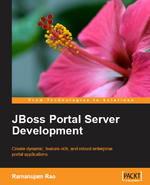 JBoss Portal Server Development Book CoverJBoss Portal Server Development by Ramanujam Rao, is the first and unique book (276 pages) totally dedicated to JBoss Portal, it was recently published by Packt Publishing.
JBoss Portal Server Development Book CoverJBoss Portal Server Development by Ramanujam Rao, is the first and unique book (276 pages) totally dedicated to JBoss Portal, it was recently published by Packt Publishing.
Ramanujam Rao is a software engineer, architect, and trainer specializing in building large-scale enterprise applications. He has over 13 years of experience in designing and developing complex web architectures, including portals, and helps enterprises in building scalable, distributed applications on the JEE platform.
This book is dedicated to developers that works every day on J2EE portals and the author explains all the portal concepts and standards supported in JBoss Portal.
The target audience of the book is developers who would like to customize portals using JBoss Portal as their core portlet container.
JBoss Portal is one of the leading Open Source Enterprise Portal solutions, one of the most compelling win point: it is compliance to standards.
So developers can be confident that if they implement an application based on a standard (JSR-168, JSR-268, JSR-301 / JSF) probably they able to integrate it on JBoss Portal as you think must be: following standards. Not all portlet containers follow in the same way all the portal standards like JBoss Portal.
An other win point is that JBoss Portal is a real portal framework and it allows developers to build custom enterprise portals quickly and it make developers work focused on development really, and it allow to developers don't focused on compatibility problems of application components.
The main types of artifacts deployed in portals are EARs and WARs packages based on portlets or JSF applications, and in the first part of the book has described the detailed structure of the package for each artifact type. There is a step-by-step guide to create a simple artifact for each type of components, in this way newbie developers can realize how to integrate their legacy application or how to implement their new components.
JBoss Portal Server Development provides in the first chapter a wide and good overview about all portal types (B2B,B2C,B2E), and then continue to introduce all the components needed to understand all the portals world.
It could be better if the target audience had skills about portlet or JSF, but I think this book can be used easily by portal newbie developers too.
I would certainly appreciate more this book if there was a deeper section about architectural design and interfaces for system integration problems, but for now there are only some definitions.
The focus of the book is the development process and Ramanujam Rao has surely reached completely this goal.
One of the most goal needed to deliver completely an enterprise portal dedicated to users, customer or internal employees is the customization of user interfaces with custom logos, custom layouts and custom themes. In this book it is described deeply how to customize all you need to make easy the portal experience, in a dedicated chapter infact we can find how to accomplish this goal modifying XMLs and JSPs layout.
In an other chapter has described how to use JBoss Portal CMS to manage contents to deliver directly on the portal using CMSPortlets available and ready to use instanceable objects.
Other interesting chapter is based on a guide to implement an example application using JBoss Seam framework, one of the latest appreciated JBoss works.
There are many other chapters very interesting about database interface, portal identity management, portal security, WSRP, portlet filtering and portlet coordination, below you can see the table of all the contents of the book:
- Chapter 1: Portals and Portal Servers
- Chapter 2: Getting Started with JBoss Portal
- Chapter 3: Saying Hello with a Portlet
- Chapter 4: Managing the View
- Chapter 5: Personalizing Our Portal Experience
- Chapter 6: Portals and AJAX
- Chapter 7: Databases and Portal
- Chapter 8: Managing Content in Portal
- Chapter 9: Portal Security
- Chapter 10: Web Services and Portlets
- Chapter 11: Portlet Coordination and Filters
If you would like to see all the details about paragraph, then you can visit a detailed table of contents.
I liked also the introduction of the beneficial use of Ajax using the latest portlet specification (JSR-268), and there is a comparison paragraph about integration Ajax with old portlet specification (JSR-168).
You can download this chapter directly from Packt Publishing website for free:
Sample Chapter 6 - Portals and AJAX [1.0 MB] (PDF)
In conclusion JBoss Portal Server Development is highly recommended!
You can find in this book a good depth coverage of all the topics needed to implement a portal using JBoss Portal.
Thanks to Packt Publishing for provided me with a free copy of the book for writing this review.
